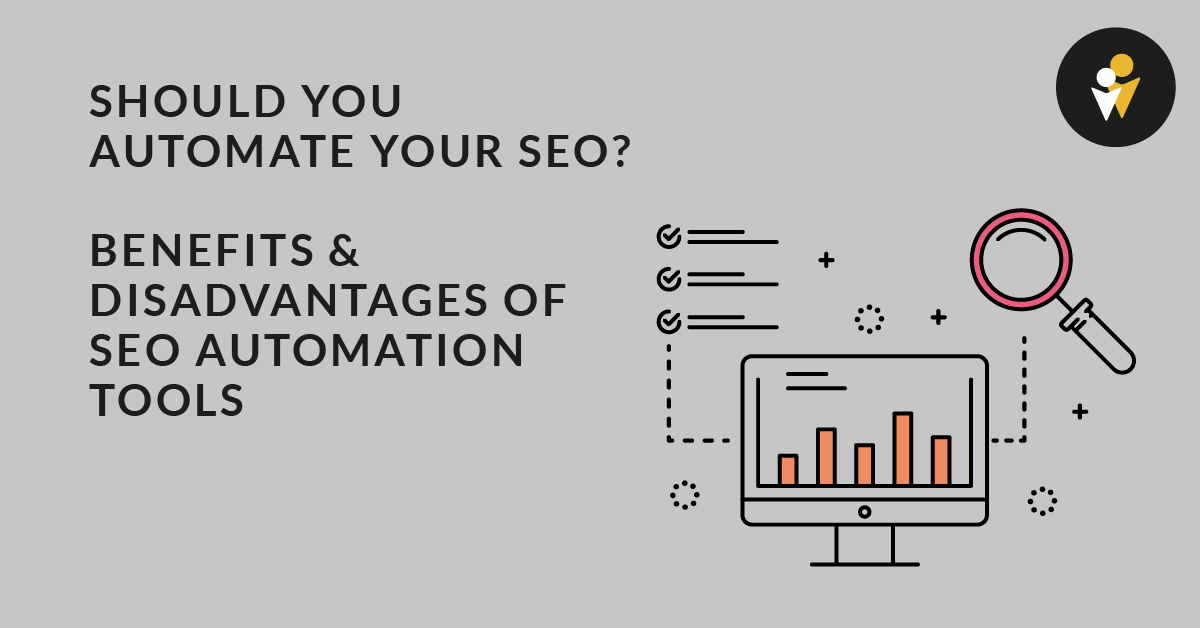Overview of SEO and SEM
Search engine optimization (SEO) and search engine marketing (SEM) are two of the most widely used strategies for digital marketing. SEO is a process of optimizing web content to improve organic visibility in search engines, while SEM focuses on paid inclusion in sponsored listings.
Both strategies can bring significant benefits to businesses, but its important to consider which approach will be more effective and efficient depending on the situation. In this comparative analysis, well take a look at both SEO and SEM and how they can help organizations achieve their goals in digital marketing.
Well examine some key differences between them such as cost-effectiveness, scalability, visibility control, speed to results etc., so that you can make an informed decision about which approach is best for your business.
Advantages and Disadvantages of SEO and SEM

Search engine optimization (SEO) and search engine marketing (SEM) are two digital marketing tactics that businesses use to promote their websites. While both approaches have their own advantages and disadvantages, understanding the differences between them can help marketers make more informed decisions about which strategy is best for their particular needs.
The primary difference between SEO and SEM lies in how they are used to achieve a websites goals. SEO focuses on improving organic rankings through content creation, link building, keyword research, and other techniques; whereas SEM relies more heavily on paid advertising to increase visibility in search results. One of the biggest advantages of SEO is its cost-effectiveness as it requires minimal financial investment compared to traditional forms of advertising.
Additionally, by optimizing content with certain keywords or phrases that users are likely to type into a search engine when looking for an answer or product related to what you offer, your business will be exposed to a larger audience than traditional methods would allow for. This increased exposure has potential benefits like higher clickthrough rates from users who may eventually become customers if they find your website helpful or informative enough during their initial visit.
On the other hand, one of the major drawbacks associated with SEO is its slow rate of progress; improvements take time before becoming visible in SERPs due to Googles algorithm update cycles and changes made by competitors who might also be targeting similar keywords or phrases as you are. Furthermore, another disadvantage comes from not having any control over ranking positions since these depend solely on algorithms rather than any direct action taken by marketers themselves – this could lead some campaigns to be less successful than others regardless of how optimised they were initially setup for success within Google\’s guidelines.
Meanwhile SEM provides much faster results thanks mainly due its ability to target specific audiences through ads placed strategically across different channels such as social media platforms , display networks & Search Engines Results Pages (SERP). Another advantage is that it offers greater control over ROI since advertisers can adjust bids based upon performance data gathered throughout each campaign – making sure only profitable clicks get charged while reducing wasted ad spend.
However, one main downside comes from relying too heavily on paid traffic sources which can often times end up costing more money than anticipated if not managed correctly.
In addition, most companies have limited resources when starting out so investing too much into paid traffic could put them at risk without proper guidance & planning beforehand. Overall both methods have there advantages & disadvantages but together they form an effective combination when done right.
By carefully balancing both strategies alongside other digital marketing efforts such as email campaigns & conversion rate optimization – businesses should be able to maximize profits while minimizing risks associated with either approach alone
Cost Comparison for Implementing SEO and SEM Strategies
 Cost comparison for implementing SEO and SEM strategies is an important factor to consider when comparing the two digital marketing methods.
Cost comparison for implementing SEO and SEM strategies is an important factor to consider when comparing the two digital marketing methods.
SEO involves investing time and money into optimizing a website in order to improve organic visibility on search engine result pages, whereas SEM requires paying for ads with the aim of achieving higher rankings in SERPs. The cost associated with each method varies greatly depending on factors such as industry competition, geographic region, and budget size.
When it comes to SEO costs, businesses must account for labor expenses related to keyword research, content creation/optimization, link building activities, monitoring and reporting tools etc., which can add up quickly over time.
Additionally running pay-per-click campaigns through platforms like Google Ads or Bing Ads can be expensive since these platforms charge per click rather than flat rates. On the other hand there are many free or low-cost options available when it comes to managing your own SEO efforts such as using open source software solutions like WordPress or leveraging various online resources that provide free tips and tricks on how to optimize websites for search engines.
In conclusion both SEO and SEM strategies require an investment of time and money but depending on specific business needs one might be more suitable than the other – careful consideration should be taken before deciding which route is best suited for your organizations goals.
Conclusion

In conclusion, SEO and SEM are two branches of digital marketing that complement each other in many ways. While SEO is a long-term strategy focused on organic search engine traffic, SEM focuses on generating short-term results through paid ads.
Both strategies have their advantages and disadvantages which makes it important for marketers to choose the right approach depending on their goals. For example, SEO for personal injury lawyers may benefit more from an effective SEO campaign as opposed to investing solely in expensive SEM campaigns.


